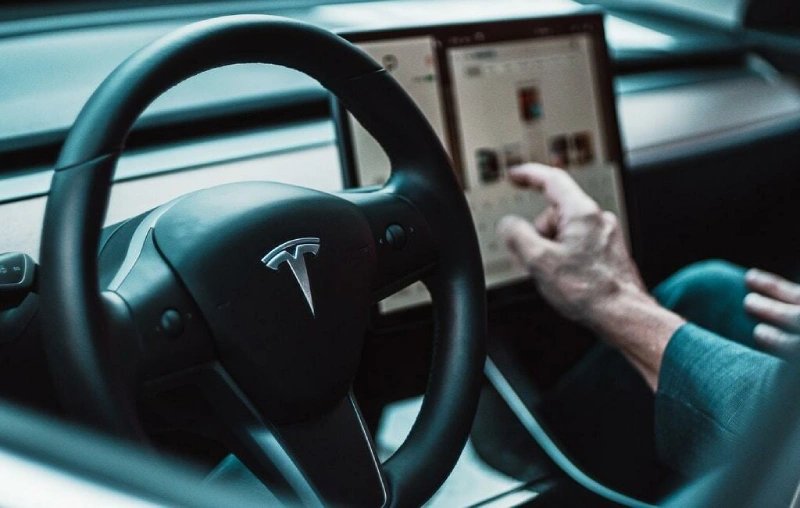
McKinsey estimates the automotive industry’s revenue pool to garner over a trillion dollars from traditional car sales and after-market services by 2030. According to Statista, the entire industry’s market size is estimated to hit 9 trillion dollars by 2030 with hopes of the largest markets going fully electric. A huge part of this growth can be ascribed to stakeholders adopting robotic process automation to manage repetitive tasks for higher productivity. Robotic process automation implementation has become more popular in many manufacturing centers worldwide, affording professionals a wide range of tools for higher-value work. Here are a few expectations for the future of robotics in the automotive industry.
Collaboration Bots
The automotive industry has been a big proponent of efficient operations. Large enterprises and industry players like Toyota introduced lean management in their production centers so their professionals could register fewer errors and churn more outputs in less time. It’s not surprising that automation efforts and robotic process automation solutions gained significant traction across the automotive industry’s global workforce in no time.
Robotic innovations like collaboration robots, or cobots, can enable bots and humans to work together seamlessly. A cobot’s purpose is to complement human employees in a production environment, relieving them of repetitive processes and complex tasks that often lead to several technical issues.
Cobots can also afford automotive workers a safe working environment for performing tasks with injury risks. Cobots are self-servicing and programmed to use sensors in detecting and navigating their way around a production environment without collision. Using cobots can be a great way for automotive companies to ensure efficiency gains in their task automation efforts and RPA initiatives.
Robotic Vision
General Motors recalled over 8 million of its vehicles last year due to several potential defects. According to the National Highway Traffic Safety Administration, other manufacturers like Ford also recalled over 5 million vehicles in 2021. These numbers have not been minimal in the past either. For instance, Toyota has issued about 818 recalls over the past 30 years. Recalling vehicles can happen when customers consistently complain over multiple defects in a specific batch. That’s why many manufacturers are increasingly pushing for robotic vision systems to monitor an entire workflow identifying human errors before they ship out.
Robotic vision can efficiently use 2D and 3D perceptions to support human actions during difficult tasks. Robotic vision abilities can be a great way to install tricky car parts like windshields and bumpers. Generally, manufacturers can be sure of professionals using resources like a floor jack pad to prevent scratches when lifting vehicles because of the monitoring capabilities of robotic vision.
Painting Robots
Automotive painting technology has evolved a great deal, especially in today’s digital world when customers can choose bespoke colors through a seller’s portal. And the color tastes of customers keep changing. According to PPG Industries, a market leader in the automotive painting space, many auto users are chasing after natural tones and bright colors away from monochromatic trends. Therefore, using painting robots to fulfill these color demands is more than an afterthought. Painting robots use robotic arms to produce consistent coating and finishing results. They’re faster, more precise, and more efficient. Many manufacturers are leveraging these robots for significant competitive advantage, especially in the customized vehicles market.
Automated Guided Vehicles
Manufacturers can use automated guided vehicles in several ways. Automated vehicles use programmed communication to manage enormous inventory levels in their fulfillment centers. Automated guided vehicles can also be used in production and assembly lines. Their overarching objective is to haul heavy objects faster with less room for damage. These vehicles are self-driving and do not need drivers to control their movements or lifting capabilities.
All in all, automation and robots are mainstays in the automotive industry. The global industry’s future relies on some of these technologies, and many more are yet to emerge.
Instagram creators now have a new tool to try if they're searching for a free… Read More
A free tool to help you boost local SEO and attract more clients is your… Read More
In today’s fast-paced digital world, online shopping has become more than just a convenience, it's… Read More
In today’s hyper-digital environment, social media is more than a marketing channel—it’s a brand’s identity,… Read More
Todd Barrow is rapidly carving out his place in the country music spotlight. Born and… Read More
Bangalore, often dubbed the Silicon Valley of India, is a city that seamlessly blends technological… Read More